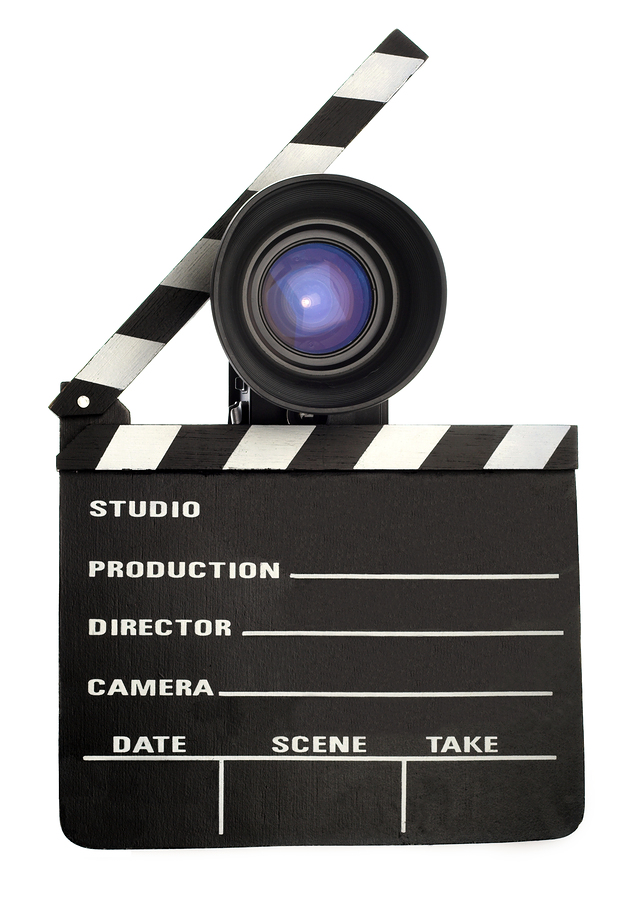Reflexology: Programming for an In-Depth View


The reflexology segment of the "Alternative Therapies" series broadcast March 24, 2008 on BBC presented an uncomplimentary view of the subject. We have suggestions for programming that would take a more fair and factual look at reflexology. Certainly television programs aim to entertain and to present a visually interesting report. We've thought about that too.
Here's our take on reflexology program that would provide to viewers insightful and informative knowledge about the subject.
We'll visit with reflexologists and their clients. Meet the people whose research has demonstrated how reflexology makes a difference as well as the clients whose human interest stories tell how their lives are impacted by reflexologists' work. Choose from reflexologists whose work fills a gap in medical and psychological services:
We'll ask suitable questions of appropriate scientific specialists. We'd look to a neuroanatomist, neurophysiologist, or someone with a specialty in the nervous system. Sit down with those who can answer fill in the blanks about reflexology practices, pressure technique applications to the feet and how these tie into the body's fight or flight mechanism. We'll also ask about the reflexology chart and its link to the body. Under consideration will be other such reiterative maps within the body's brain and nervous system.
Let's visit some of Britain's reflexology researchers. The work of these researchers has helped clarify how reflexology works.
Have a reflexology session. Let's watch under conditions measured by science: functional MRI, Blood pressure gauge, or EEG.
We wouldn't be surprised if what is uncovered during such a program is what we have found in our 30 years of exploring reflexology.
The history of reflexology extends throughout time and history. We see it as an archestructure, a "a felt or perceived feature of the nervous system, projected or unconsiously acted out in the life-style or beliefs, customs and social structures of the individuals concerned or of whole communities." (Gooch, 1972) Reflexology is both a belief and custom enacted by almost every culture. Cultures from the earliest times in Egypt, China, Japan and India practiced reflexology as a form of medicine. In the West, reflexology began with the study of the nervous system and reflexes in the second half of the 19th century (think Pavlov). British physicians explored use of reflex action for health with uses such as poultices. The idea was that application of a treatment to one part of the body would influence another through reflex action within a "zone of influence." Such ideas were carried to America by eye, ear, nose and throat doctor, Dr. William Fitzgerald. He used the application of pressure within zones to kill pain in his medical practice. Such ideas developed more fully by physical therapist Eunice Ingham who mapped the influence of reflex action into reflex areas on the feet. She launched modern day reflexology in the West with her book of 1938. The idea spread from there to meet up with systems entrenched in the cultures of Germany and native societies in Africa, South America and North America.
If you take a look at the definition of reflexology, you'll notice that reflexology is the application of pressure to the feet. Pressure to the feet is a form of proprioception(self-perception) particularly important to the body in helping determine the body's position: sitting, standing or running. To consider how reflexology works, think in terms of the body's fight or flight response. In response to danger, the feet prepare to flee and the internal organs ready to provide adrenaline and other measures to fuel either event. It is this response of the nervous system that links the feet to internal organs.
Pressure to the soles of the feet allows the body to match its movements with its internal organs. When one is running the body makes adjustments of adrenaline and other of the internal organs' activities different from when one is lying down. Reflexologists tap into the way the body works to create predictable responses within the body. Such responses are documented in evidence-based research.
As with any sensory experience, the pressure applied to the feet during reflexology work is evaluated within the complexities of the nervous system. It is through this means that reflexology impacts the function of the organ reflected by the reflex area.
Research shows that reflexology work applied to a specific reflex area prompts a specific response in the mirrored part of the body. Included are kidney reflex area and the kidneys (PMID: 14060981); intestinal reflex area and the intestines (PMID: 11340315); and a particular part of the brain reflex area and the reflected part of the brain (www.humanbrainmapping.org). Further research show that reflexology work effects three different functions of the kidneys (koreamed.org).
Reflexology's systematic technique application includes a pattern of pressure to reflex areas. Reflex areas in the feet follow other examples of reiteration within the nervous system. Five regions of the brain, most notably the homunculus or "little man" in the sensory cortex, reflect an image of the body. A reflection of the body in the feet provides up-to-date information shared among body parts about what kind of response the adrenal gland, for example, can support in response to a fight or flight demand.
Those who look at how reflexology works view multiple mechanism to be at work. Such mechanisms have been documented through research. These include:
PMID: PubMed Identification Number
© 2008 Kunz and Kunz